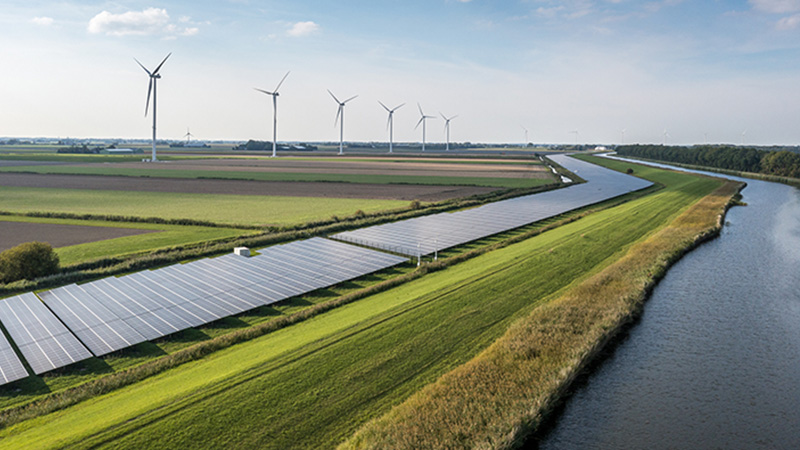Water has been making headlines. Whether it’s the cancellation of test events for water sports at the upcoming Paris Olympics or an outbreak of cryptosporidium cases in the southwest of the UK, water quality and water scarcity is getting much-needed coverage.
After all, water is a basic human right that is still out of reach for billions of people. The United Nations reports 2.2 billion people lacked safely managed drinking water in 2022, while 3.5 billion people lacked safely managed sanitation, as part of its research on progress towards Sustainable Development Goal (SDG) 6 – to ‘ensure availability and sustainable management of water and sanitation for all’.
See also: Bfinance: ESG spending has ‘increased materially’ for 89% of asset managers
Meanwhile, global water utilities generate a sizeable amount of greenhouse gas emissions with wastewater treatment accounting for much of this – which is why it is key to engage with companies on this for the net-zero transition, highlights Barney Timson, assistant investment analyst at Castlefield.
Fund managers of sustainable products are making progress on this and have been assessing water risks, as they understand it is an increasingly financial material issue for businesses.
Furthermore, investors are becoming more focused on water – at a recent Greenbank Investor Day, a poll of attendees found global concerns centred around water impacts related to climate change, such as flooding, rising sea levels and rising water temperatures, followed by water-related conflict and geopolitical risk.
See also: Morningstar: ESG funds are cheaper than conventional strategies
Some 31% said sewage released into waterways was the most concerning water issue facing the UK, followed by loss of habitats and impact on land, water and marine biodiversity (28%). As a result, engagement in this area is evolving.
“Generally, many companies are still early in their journey on managing and reporting on water risk, but there are companies that have invested significant thought and effort into their policies and procedures,” says Olivia Gull, responsible investment and governance analyst at Janus Henderson.
Read the rest of this article in the June issue of PA Future magazine










